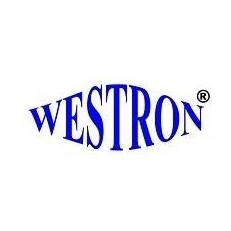
In the future years, HFC refrigerants will inevitably face phase-downs and possibly usage limitations in most regions of the world. In the short to medium future, UAE is negotiating a phase-out plan for these gases, and the rest of the world is likely to propose a similar, albeit less harsh.
While the specifics are unknown, it is unavoidable that HFCs, particularly those with a high GWP, would lose their dominance and some will be phased out entirely.
The Use of Natural Refrigerants
What, on the other hand, are the alternatives? HFOs, "natural refrigerants," and blended blends with low GWP? It can be difficult to separate the truth from the competing claims and vested interests of chemical companies and "green" organizations.
Fortunately, a new analysis from gives an unbiased look at the benefits and drawbacks of the most likely replacements. While purportedly a paper on alternatives to ozone-depleting HCFCs, it actually considers all commercially available or possible refrigerant replacements.
Reduced electrical sector emissions from better energy efficiency account for almost two-thirds of the total savings. To achieve maximum GHG reductions with the least amount of equipment re-design and replacement, it is highly desirable to pursue high energy efficiency in tandem with the shift to lower GWP refrigerants.
Hydrocarbons as Refrigerants
R290 (propane), R1270 (propene), and R600a (isobutane) are the three primary pure refrigerants, and a number of blends, R433A, R433B, R433C, R436A, R436B, R441A, and R443A, some of which also contain R170, are hydrocarbons (ethane).
A3 is the highest level of safety for all of them (lower toxicity, higher flammability). They have no ODP and a GWP of 1.8 to 5.5 (direct GWP plus indirect GWP).
Pure chemicals have been used commercially for decades, whereas mixes like R436A and R436B have been utilized after CFC12 was phased out. As per the analysis by UAE refrigerant gas factories, the majority of the other combinations are not known to be utilized commercially.
Due to the maximum permissible charge sizes in occupied locations, despite their superior thermophysical and transport capabilities, their use is restricted. Some building rules prohibit the use of flammable refrigerants in specific types of structures.
Hence, under most circumstances, the efficiency is demonstrated to be good. They have thermophysical features that lead to high efficiency and low discharge temperatures in theory.



Article comments